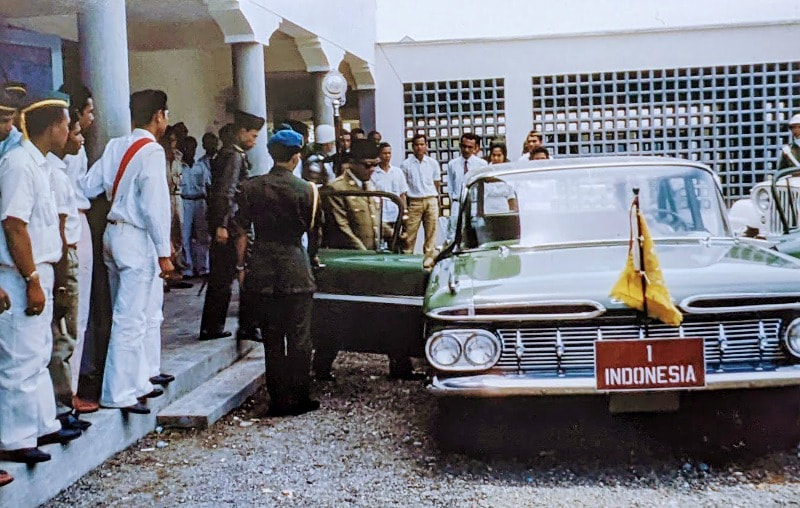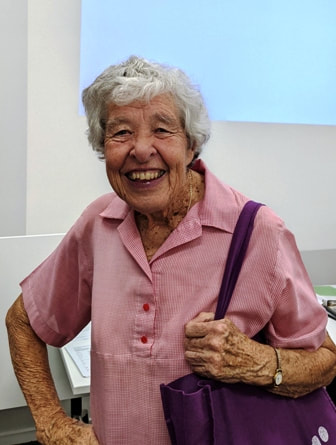In 1942, the Japanese marched into the Indies, imprisoned the Dutch and after a year or two reopened the schools and proceeded to teach the students in Japanese.
When the Second World War ended on 15th. August, 1945, the Japanese prepared to leave, and the Dutch were still locked up. Two days later, on the 17th August, seizing their chance, some of these original young congress men with other friends, flew a red and white flag and, their leader, Soekarno, proclaimed independence for the new republic of Indonesia. Of course as soon as the Dutch were freed they sent the natives back to their rice, aiming to resume their previous life. However the new Indonesians went to the hills and fought determinedly until, in 1949, under world pressure, the Dutch left the new republic.
Gradually the country that had been left with just ten high schools for a population of over 150 million, trained Indonesians to take over public service jobs, becoming doctors, engineers and teachers.
The new wave of schools and universities started in Java, the most populous although one of the smaller islands, and spread out from there.
By 1961, one of the furthest provinces, Aceh, on the northern tip of Sumatra, acquired a university. There were three faculty buildings and a number of lecturer’s houses all in the middle of rice fields.
By early 1962, Universitas Syiah Kuala was ready to be officially opened and requested no less than the president of the country, President Soekarno, to come from Java to officiate.
The only slight problem was that, on the whole, the Acehnese did not have a high regard for the president. To a fiercely Muslim population, his lack of dedication to Islam was not popular. While Muslim in name, he had married one too many wives and Javanese in general were thought as fairly wishywashy Muslims.
Orders were issued. Every household had to make a red and white flag of required size and fly it in the front garden. Soldiers were sent to stand guard along the road the presidential car would take, each man with his back to the road while looking steadfastly at the houses to ensure safety.
Most university students wore their traditional Acehnese dress, with smart white suits and hats for university leaders. The president’s car, number plate Indonesia 1, drew up at the door and the president stepped straight into the hall of gathered audience, Indonesians plus two Australians. I couldn’t understand a great deal of what he said but, to this day, I can remember being so impressed by the charismatic way he spoke and the hostility of the crowd gradually melting away.
I was there.
Carmyl Winkler
February 2022



 RSS Feed
RSS Feed
